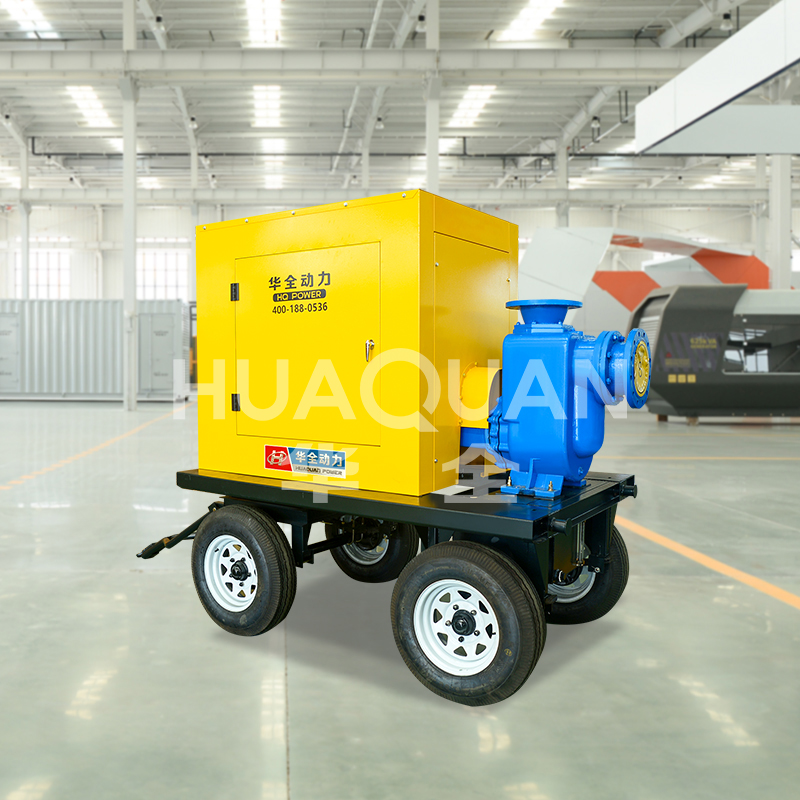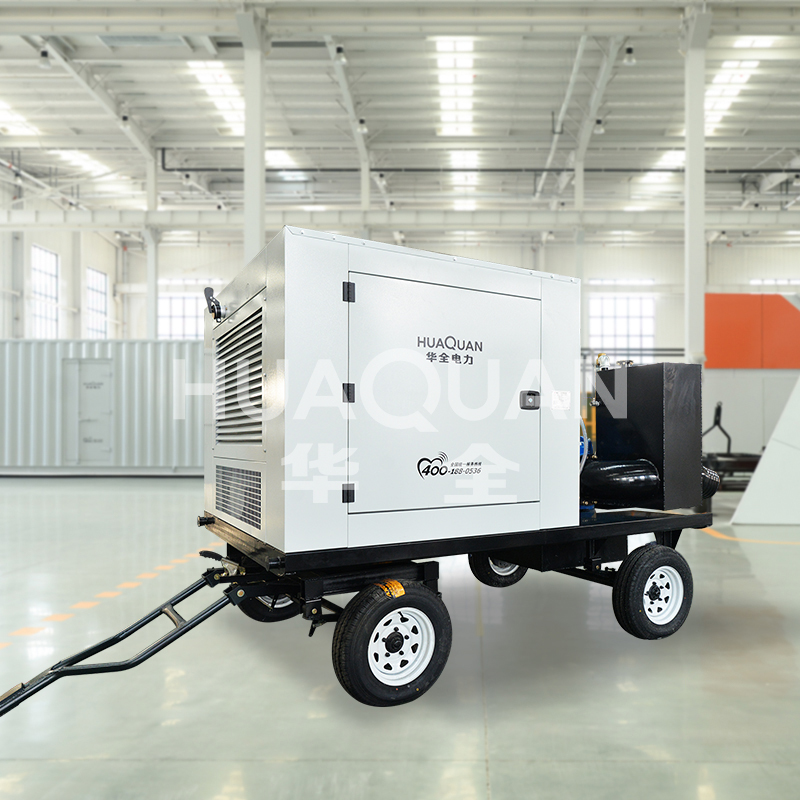The following outlines essential practices for maintaining Flood control water pump to ensure operational reliability during emergencies.
Effective management of a Flood control water pump begins with routine inspections. Check mechanical components (seals, impellers, and couplings) daily for wear or corrosion. Verify lubrication levels in bearings and motors to prevent friction-related failures. Ensure the pump’s intake screen remains debris-free to maintain optimal water flow.
Electrical systems require equal attention. Test control panels and alarm systems weekly to confirm automatic activation functions. Inspect wiring insulation for damage, especially in humid environments, to avoid short circuits. For diesel-powered units, monitor fuel quality and battery charge levels.
Operational readiness hinges on proactive measures. Run the Flood control water pump monthly under low-load conditions to prevent sediment buildup and detect unusual vibrations or noises. Store critical spare parts (gaskets, belts) on-site to minimize downtime during repairs.
Documentation completes the cycle. Maintain logs of maintenance activities, performance tests, and weather-related stress events. This historical data aids in predicting lifespan and planning upgrades.
More information about Huaquan Power:https://sinogens.com/








